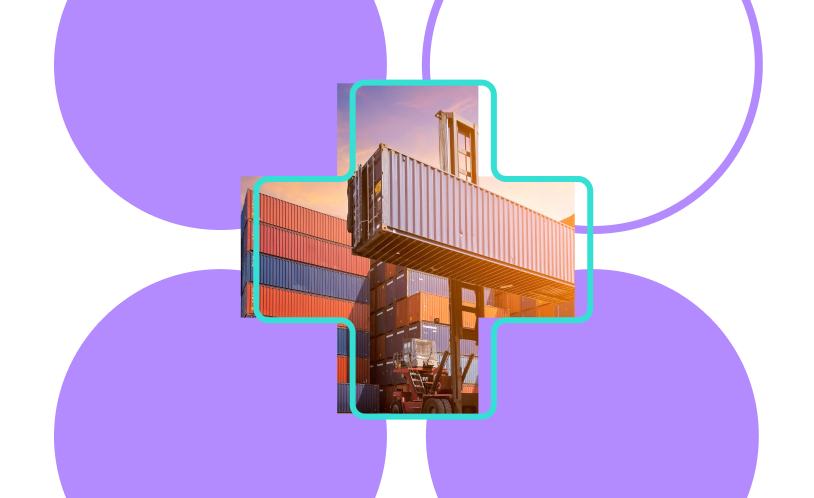More than $500 billion worth of products ranging from cordless drills to collapsible umbrellas were shipped from China to the United States in 2017, and more than $200 billion of those were subject to tariffs. Before you commit to a purchase agreement, you should be sure you can profitably import the products. This guide covers an essential component of that, getting customs duty and import taxes right.
Customs Duty
Customs’ schedule (HTS) lists the tariff code associated with each product. Every tariff code is associated with an import tax rate (typically 0% – 18%) in a highly organized system with idiosyncrasies. For example, one Santa outfit containing nine different items and codes (from hat to shoe cover) has four different tax rates and five duty-free items. If the tariff code isn’t properly assigned, your shipment may get held up at Customs.
In many countries, the value for customs duty is assessed on the price of the goods, along with the cost of international insurance and freight (CIF). However, in the United States, it is on purchase value only.
Customs duty doesn’t apply if the shipment value is below a minimum value called the de minimis threshold. The threshold is currently $800.
Calculate the Cost of your Clearance
Calculate the cost of your customs clearance hassle-free! Here’s a simple and efficient method to estimate all associated expenses, including duties and fees, when importing goods.
Customs Duty Estimation
Calculating customs duty can get complicated, especially if you are importing several products, or importing to other countries (especially where taxes are due at import too). There are several ways to find out how much customs duty may be due:
- Tough it out yourself. If you rarely make international shipments, and you enjoy databases and spreadsheets, you may be able to handle compliance yourself. This method is more prone to error than the alternatives.
When you are first considering importing a product, check out the likely classification with an HS code lookup tool, and get an estimate on customs duties with an import duty calculator.
- Outsource to your forwarder. Some forwarders may look up and assign tariff codes, calculate the customs duty, and determine taxes, fees, and other import costs for clients. However, you’ll be on the hook for any errors.
- Engage a consultant. You can rely on international tax consultants such as private customs brokers, from simply having them check that you’re doing it right, to having them map your inventory to tariff codes or even setting up your international shopping cart.
- Automate. Automated solutions for assigning tariff codes and duty rates is a quick, accurate method for calculating duty. There are even apps for integrating international tax calculation with your shopping cart.
There’s no one right way to handle customs duty and import tax, and it depends on your needs and resources. But the more goods you ship, and the more countries you deal with, the more complex customs duty and import tax compliance will be. Whichever option you choose, be sure to periodically check that it’s still providing the right results.
Avoid These Mistakes
Even seemingly small mistakes can lead to big and costly headaches. Here are eight customs duty and import tax mistakes you can’t afford to make:
- Assuming you don’t have to worry. If you’re liable for duties, taxes and fees, you should take ownership.
- Failing to account for other costs. Having the right tariff and rate of duty is only half the battle. Shipping costs, cargo insurance, and transaction taxes all contribute to landed cost. This is covered in more detail in the Shipping Basics guide.
- Making last-minute guesses. Trying to handle international tax compliance on the fly is risky and can cause costly mistakes.
- Passing the buck. Asking freight forwarders to estimate the correct rate of duty may be convenient, but unless they’re customs brokers too, they won’t be penalized if they get it wrong.
- Misdeclaring or undervaluing. Customs is on the lookout for importers who lowball shipment value to get under the de minimis threshold, or misidentify products to pay a lower tariff.
- Being casual with documentation. If you can’t readily find your import paperwork, you may end up with significant delays when your shipment is processed by Customs.
- Using outdated information. Tariffs and tax rates change all the time. Information that was valid in Q1 2017 may not be in Q3 2018.
- Doing it all yourself. You probably don’t have the expertize or time to deal with it properly.
By Gail Cole, Avalara


